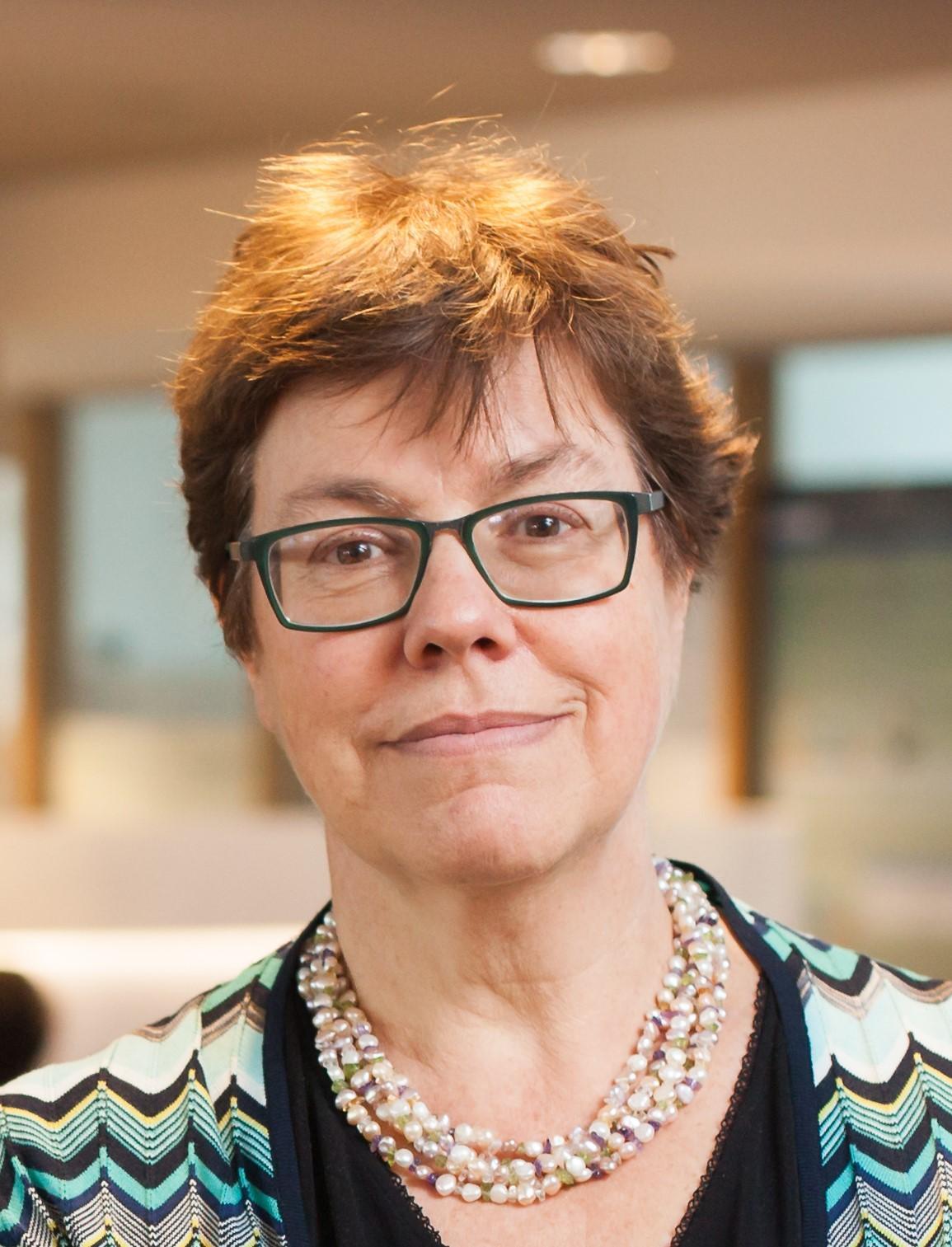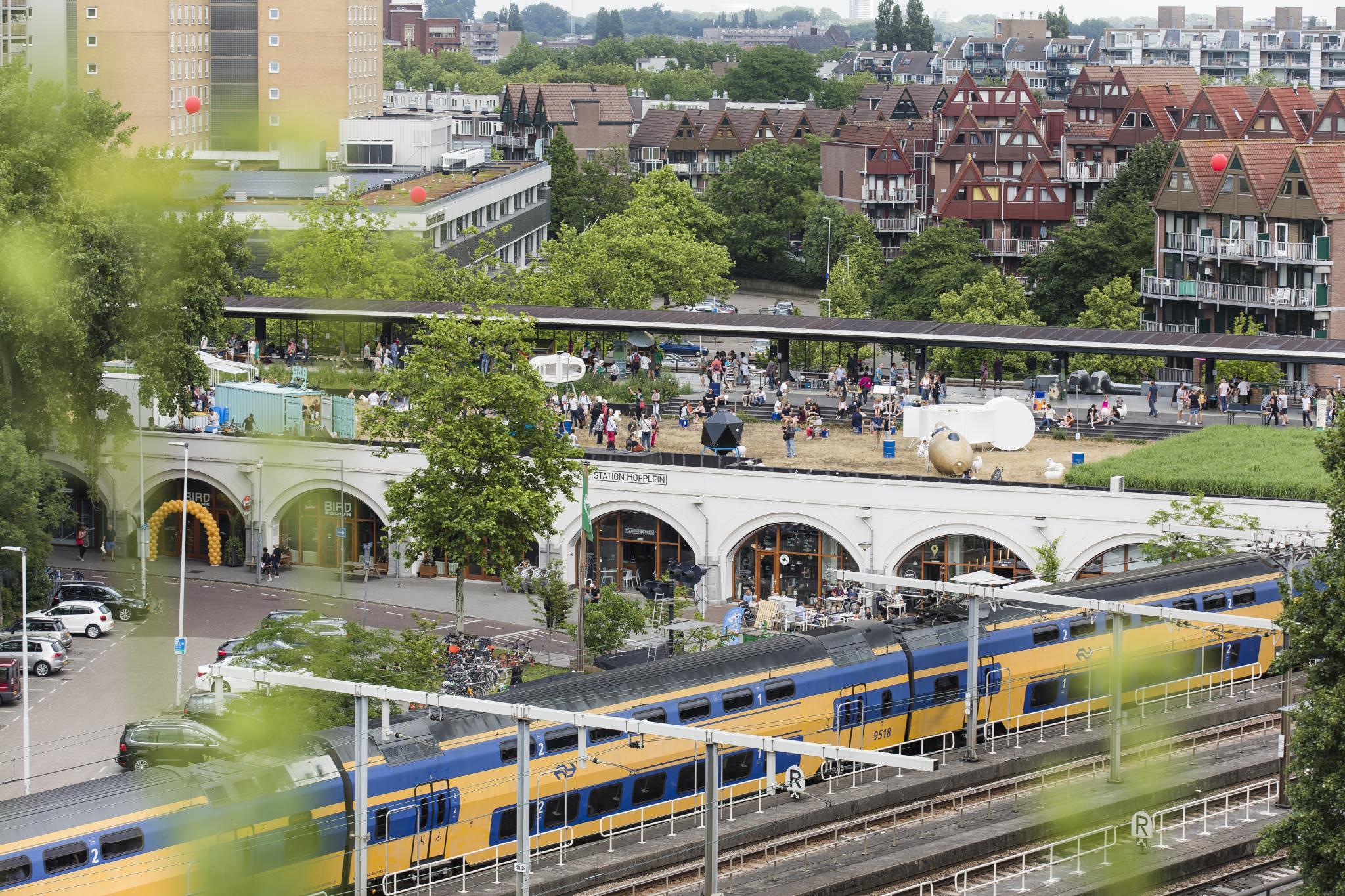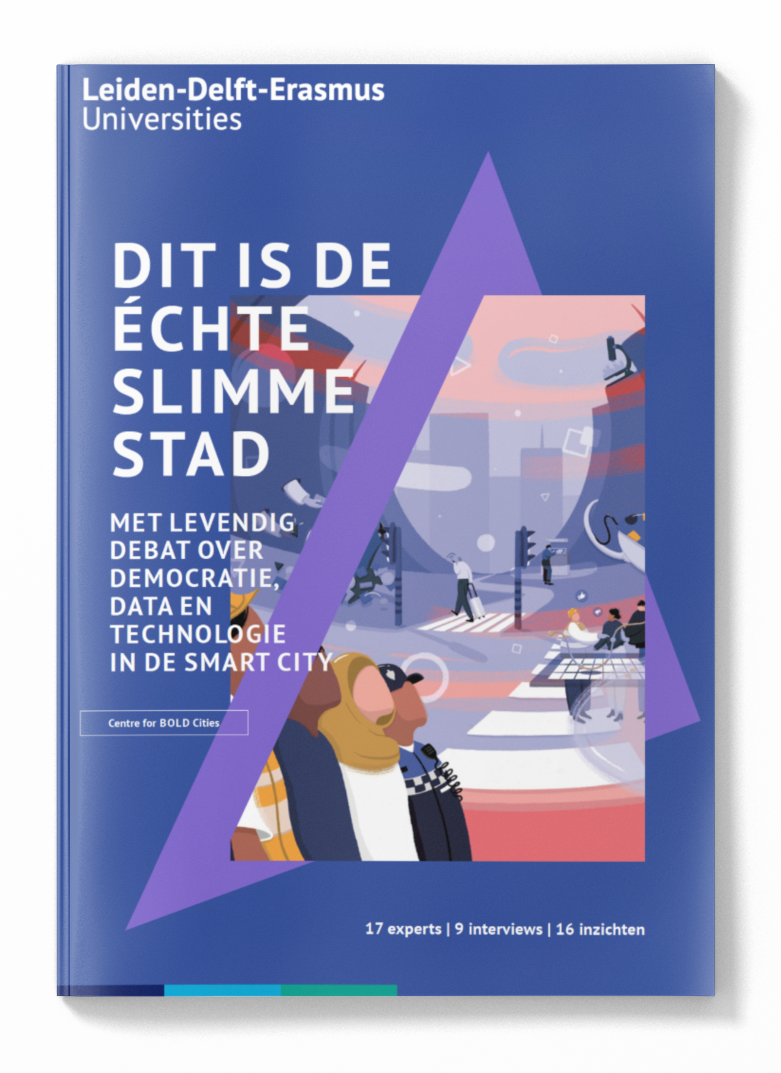The goal of technology in 'the smart city' is still too little talked about, notes scientific director of the Centre for BOLD Cities, Liesbet van Zoonen. We do need to have that conversation, otherwise we will be overwhelmed. 'In doing so, this question must come first: What kind of city do we want to live in?’
 A (too) attractive story
A (too) attractive story
When Liesbet van Zoonen founded the Leyden-Delft-Erasmus Centre for BOLD Cities in 2016, Urban Big Data was the hot topic of conversation among municipalities. Urban Digital Twins followed, then Blockchain, the Metaverse, and now Artificial Intelligence. Van Zoonen: 'We keep getting the same question: What should we actually do with... and then fill in the latest fad.' The conversation about the purpose these technologies serve and how they shape the city is conducted much less, she sees. Whereas this should actually be the starting point.
You can analyse the housing market 83 times, but that still doesn’t give you affordable houses.’
The smart city story is just incredibly appealing, according to Van Zoonen. 'Developments are going very fast and more and more seems possible with technology. This also makes officials feel they have to do something with it.' But does technology always offer solutions to social issues in the city? 'You can map and predict 83 times how the housing market is developing in a city like Amsterdam with data and advanced analytics, but that still doesn’t give you affordable houses.'
‘Talking about the smart city suggests that the city is one actor. While there are many actors active in the city: the inhabitants - who don't all want the same thing either -, the city council, companies...' So by talking about the city as a smart entity, you actually disguise who is really in charge of smart technologies in the city: 'These are often large and small technology companies and authorities.' According to Van Zoonen, this is also a major reason why the talk is so often about how we should use each new technology, and much less often about whether and why it would be necessary to use them.’

Standard for data use in the social domain: civil rights are at stake
Who should actually be leading the conversation about the purpose and necessity of technology in the city? Van Zoonen: 'At any rate, the city council as a representation of all residents in the city. But issues about technology are still too often defined as operational challenges, as instruments with which to solve problems. Whereas where you put which technology, by which company, and with whom you will cooperate: these are all political decisions.'
The public debate about the smart city is struggling to gain momentum. Meanwhile, developments continue. 'And then you might be in for unpleasant surprises.' Take the datafication in the social domain of municipalities, which includes benefits and youth care. 'We actually see by default that with data use in the social domain, civil rights are compromised. Think of the benefits affair and other experiments with algorithmic fraud detection.’ From research by the Centre for BOLD Cities Van Zoonen knows this datafication frustrates the people in the system. 'Paradoxically, data offers precisely no bespoke service at all and is never precise enough. It takes away personal contact, while clients need that and case managers really want that, too. Yet, it’s exactly those people who have to deal with the negative social consequences of increasing datafication, who are heard too little.'
Technology must remain contestable – even after implementation

Van Zoonen sees an important role for the concept of contestability. This can be translated as debatable or challengeable and means that, even after a technology has been put to use, it remains possible to reject it or design it differently. For instance when the use of the technology implies exclusion or stereotyping of a certain group of people, just because they live in a certain neighbourhood, for example.
'Adapting the design does not always mean that you make the technology better,' says Van Zoonen. 'Sometimes the very choice to make technology 'worse' can reduce negative social impacts.' A great example comes up in the sixth talk in this white paper, on Living Labs. In it, cameras are set up defocused, so as to make people unrecognisable in the images.
Opposition can also be an outcome of participation.’
However, a new breeze is increasingly blowing in the smart city. Whereas before, the conversation was only about technology, more and more often the well-being of residents is being discussed. Van Zoonen also sees this in the interviews in this white paper. But how do you involve residents and when is that participation successful? 'Participation sounds very nice and inclusive. Everyone agrees that residents should be involved. But the assumption then is that they won't say, "I don't want this new 'smart' application at all." Then suddenly, it’s no longer called participation but opposition. While this might, of course, also be an outcome of participation.' How critical citizens, too, can make a valuable contribution to the smart city debate becomes clear in the third discussion in this white paper, about resistance.

Scientists need to search for good examples and show how it can be done.’
Nice example: using city roofs for entertainment, greenery or housing
Rather than just being critical from the sidelines, Van Zoonen wishes to contribute: 'Our role's not only to look at where things are going wrong, but also to find good examples, to say how things can be done, and under what conditions.' She praises the programme Multifunctional Roofs of the Rotterdam municipality. The idea is to make better use of roofs for greening, going out or housing. With the use of lots of data: where are all those roofs and what can they carry? What are the challenges and ambitions? What does the environment want and what do the owners of the roofs want? This data all comes together in an open-source environment: RoofScape. 'They very actively involve all stakeholders to make the city more liveable. I think that's a really cool project.'
'What's also very inspiring and hopefully will continue to grow, is the creativity around smart technology. Not only among artists, but also among street-level bureaucrats and active citizens.' Like former neighbourhood police officer Wilco Berenschot who, in the eighth interview, recounts how much he got out of WhatsApp neighbourhood prevention and doorbell cameras. Van Zoonen: 'You see in all the conversations in this white paper that people are making adjustments at the micro level to use the technology for their purpose: more safety or greater liveability.'
Liesbet van Zoonen is the founder and scientific director of the Leyden-Delft-Erasmus Centre for BOLD Cities and professor of Popular Culture at Erasmus University Rotterdam. She investigates the use of urban (data) technology based on critical theory, data science and cultural studies.
Text: Esther Eumann

 White paper about Smart Cities
White paper about Smart Cities